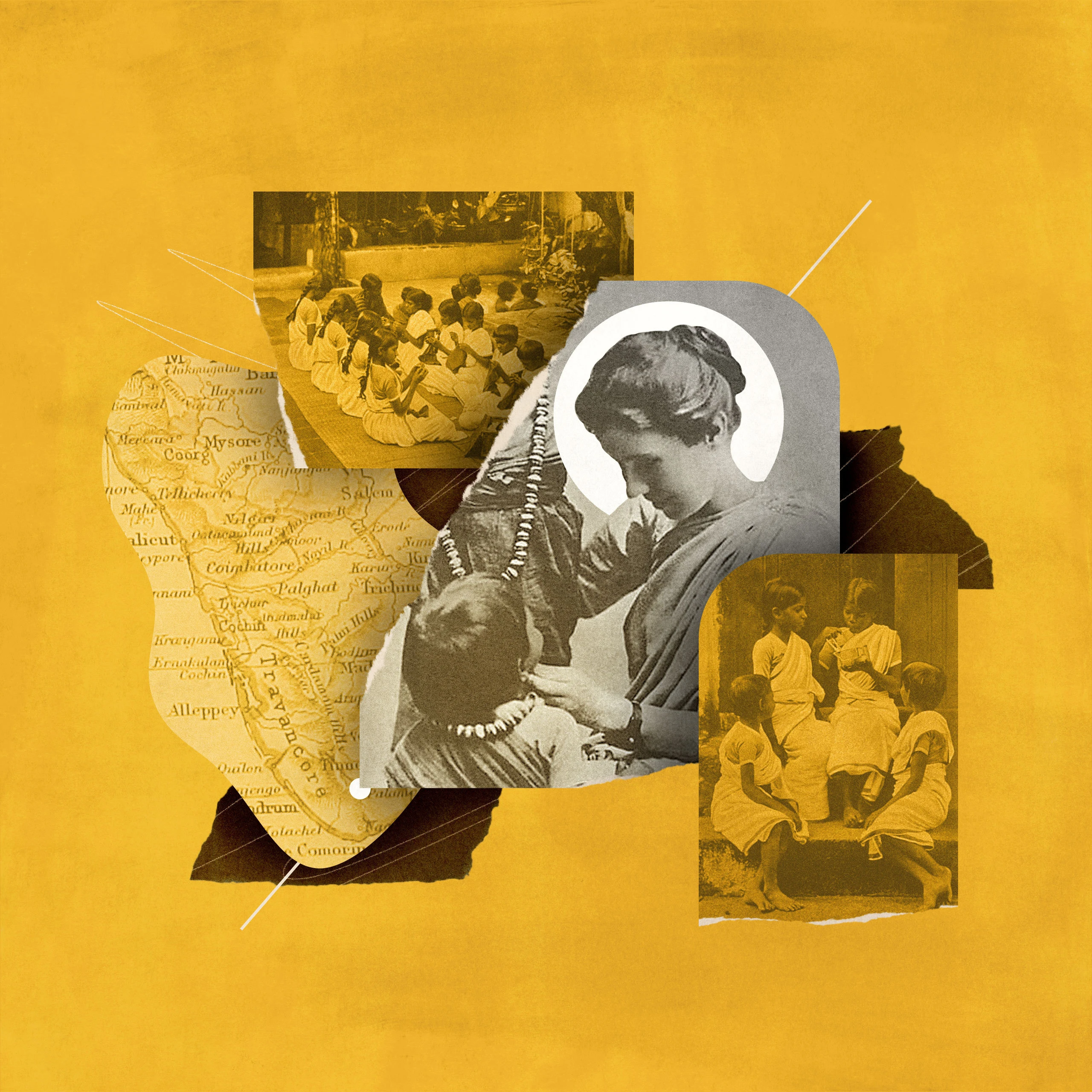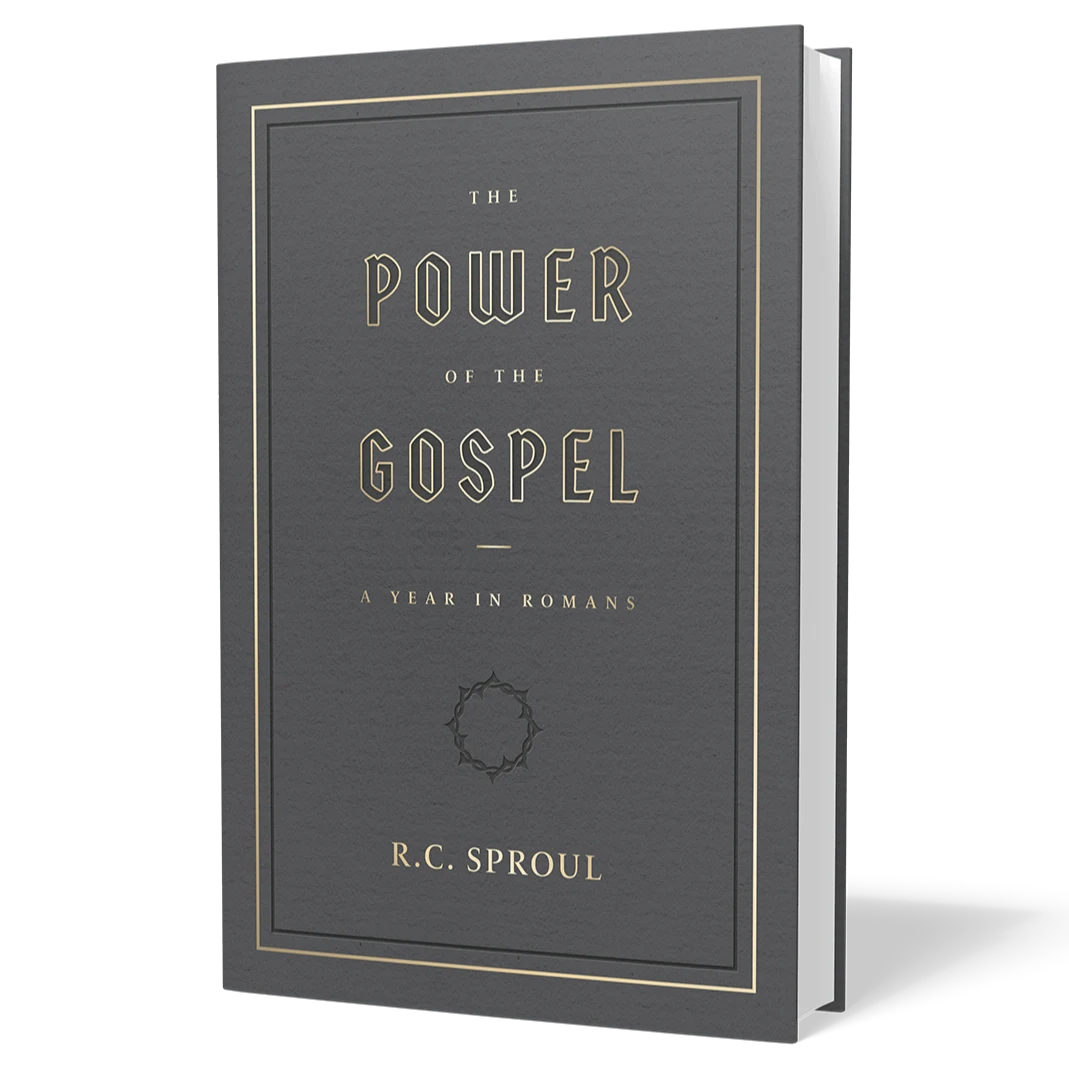Who Was Amy Carmichael?

It was March 1901. A seven-year-old Indian girl named Preena escaped a Hindu temple where she had been abandoned by her mother as a “devotion to the gods.” (She was to serve as a temple prostitute for life.) It wasn’t the first time she had fled the temple. The first time, Preena had hoped her mother would rescue her. Sadly, her mother renounced her again and the temple women punished Preena’s desertion with hot irons to the hands. Perhaps that would move her mother to see her desperation and keep her. Her second time on the run, Preena wandered across a large body of water and came in the dark upon a church in the village of Pannaivilai—hopefully this church was different than the “church” she had been living in. Was her mother close? Would her mother keep her this time? Providentially, yes. The next day, she embraced and kissed her “Amma” (“Mother” in Tamil). But it wasn’t her birth mother. It was a thirty-four-year-old Irish woman. Her name was Amy Carmichael (1867–1951).
By that time, Carmichael had been in India for six years. When she left Ireland for India in 1895, she would never see home again. She was determined to proclaim the gospel to unreached peoples. Having grown up in a godly Irish Presbyterian family, Carmichael loved Christ from an early age and had begun teaching the Bible to poor girls in Belfast. Her introduction to Hudson Taylor through her involvement with the Keswick Convention heightened her resolve for soul winning and compelled her to missionary work first in Japan and then in India. Her unexpected meeting with Preena years later, however, refashioned the way that she would go about her missionary labors, from itinerancy to sedentation.
Carmichael learned from Preena of the horrific underbelly of the Indian caste and Hindu cultic system, which in turn imposed an insurmountable burden on Carmichael to snatch as many children as possible from its snares. Carmichael’s love for God, which had always fueled her zealous evangelistic efforts, was now notably channeled into a singular, prayerful obsession with rescuing, preserving, educating, and discipling destitute children, especially temple children. Her brutally honest reports about the realities of life for children in such conditions weren’t always welcomed by Christians at home, but Carmichael was convinced that it was necessary. Slowly Carmichael and her comrades began the unpleasant process of discovering the evil realities of trafficking, such as the “secret sources of traffic in the bodies and souls of children [that] were uncovered as we penetrated deeper and deeper into the under life of the land, and came upon things that were hateful even to know.”1 How could she continue traveling to teach and evangelize when so many children were in danger? Her calling, as she saw it, had fallen into her lap. “The commitment to the children, which Amy came to by 1904, was not an alternative to her passion for all age groups to be brought to Christ. It was very much a part of it.”2
Amy Carmichael understood deeply how the love of Christ animates a life of faith and obedience.
With the help of her missionary companions (including Mr. and Mrs. Thomas Walker), she began housing children at the Dohnavur Fellowship (near southern India), which would become the hallmark of her missionary work. By 1904, there were more than thirty in Amma’s family at Dohnavur. By 1907, more than seventy. By 1913, more than 130. By 1918, the family had enlarged to include a home for boys. Indeed, only God truly knows how many children Dohnavur housed, taught, and, quite literally, saved from a life of misery.
Life at Dohnavur was characterized by love, laughter, hard work, fun, and, most importantly for Carmichael, a robust Christian education. God’s two books—Scripture and nature—were the foundation and the roof. Carmichael cared for the various needs of the body and of the soul. She was fervent in prayer and expected great things from the Lord; she saw no shortage of needs fulfilled by extraordinary providences. In fact, she never asked for monetary support.
Southern India, in many ways, still bears the mark of Carmichael and her work. Hundreds of abandoned babies and exploited children were rescued from temple prostitution. Converts were made. Churches were formed. Baptisms were administered. All, in large measure, connected in some degree with Amy Carmichael’s relentless labors.
Sadly, Amy suffered a fall in 1931 that left her immobile and practically bedbound for the remaining twenty years of her extraordinary life. In God’s providence, however, her immobilization was probably the only way that she would have been able and willing to write her many books that are still beloved today. One such book, If, offers her reflections on love in the Christian life. In it she writes, “If I have not compassion on my fellow-servant, even as my Lord had pity on me, then I know nothing of Calvary’s love.”3 Amy Carmichael understood deeply how the love of Christ animates a life of faith and obedience. Her life and ministry questions us: Do we love Christ enough to forsake earthly comforts? Further, Amy’s life clearly turns the old adage upside down. Here was a dear sister who was so heavenly minded that she accomplished remarkable earthly good.
This article is part of the Missionary Biographies collection.


